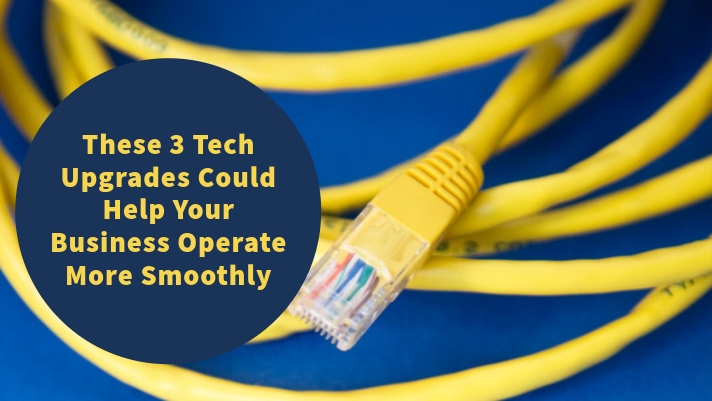
Choosing between two standards of technology that are competing with each other can be tough. Not much information is available to help consumers compare what sets HDMI cables and the newer DisplayPort apart. What’s the difference between HDMI and DisplayPort? Here are four main differences you need to know about HDMI and DisplayPort cables.
Connectors
Three of the main HDMI cables you typically see have 19 pins and come in 5 shapes. Type A HDMI cables are commonly used with laptops, TVs, and projectors. Type B mini HDMI cables work with some laptops and tablets. Type D micro HDMI cables are also used with certain laptops and tablets. A Type B cable has 29 pins that are designed for dual-link applications and Type E features a locking mechanism for use in the automotive industry.
There are 20 pins on DisplayPort connectors with two sizes available. There is a full-size standard option and a smaller alternative that is similar to the Thunderbolt. Most of these connectors feature a locking mechanism to prevent them from accidental disconnection. However, be aware that this feature is not an official required specification.
Bandwidth and Resolution
The standard DisplayPort has a 60 Hz refresh rate while the most common HDMI has a refresh rated half that at 30 Hz. The maximum bandwidth for DisplayPort is 17.28 Gbps compared to HDMI’s maximum at 10.2 Gbps. HDMI 2.0 hardware is able to support up to 18 Gb per second of bandwidth. Both feature similar video resolutions. However, you should keep in mind to look at the version number located on both the display and source rather than compare the two in this area.
Audio Features
Both HDMI and DisplayPort connectors are able to support 8 digital audio channels at 24 bit and 192 kHz. The main difference between these two is that HDMI has an audio return channel, which means sound can travel both ways on a TV set. If you want to watch Netflix on a smart TV but want to use a surround sound system rather than the built-in speakers, this is a better option.
HDMI and DisplayPort cables appear to have distinct differences while still attempting to achieve the same outcome. However, DisplayPort seems to solve the shortcomings of traditional cables while meeting the demands of newer technology breakthroughs. By understanding the difference between these two, you will be able to make a more informed decision on the option that is best for you.






